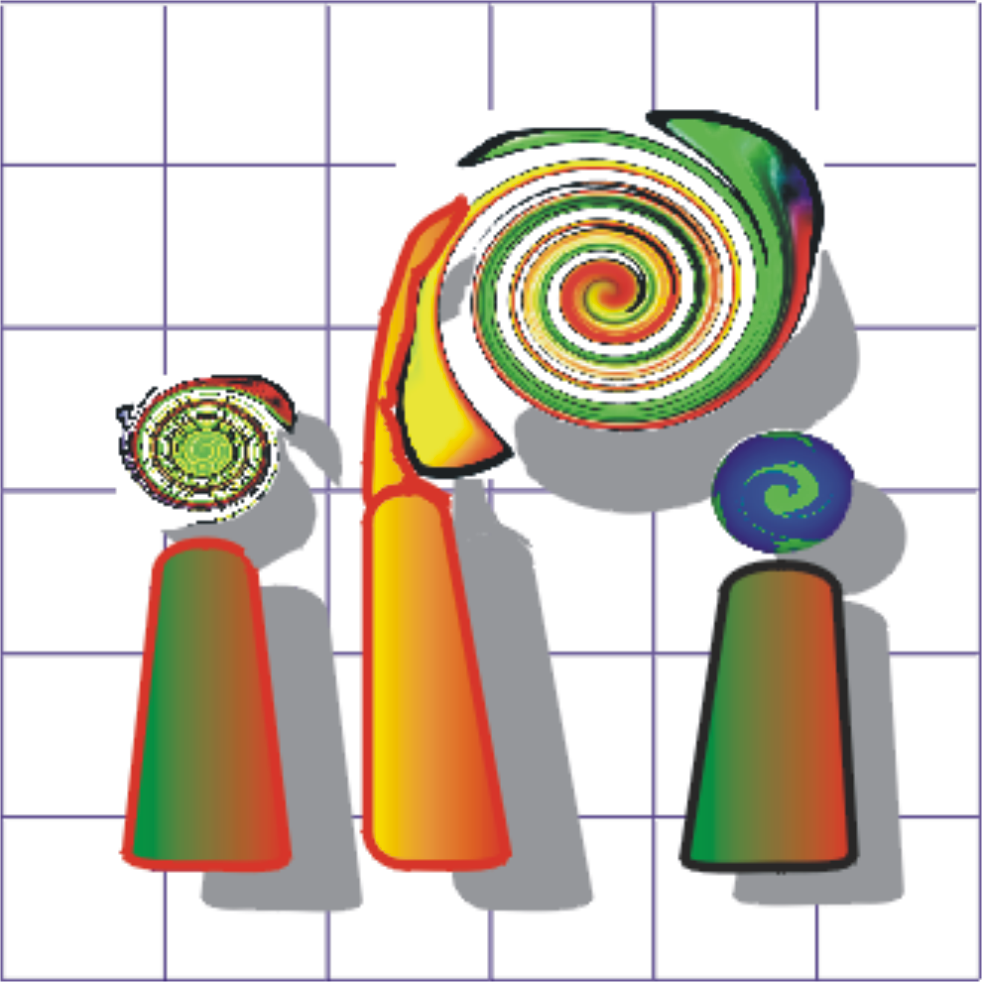Analysis and processing of Digital Elevation Models derived from airborne laser scanning (2002)
| Team: | Peter Lohmann |
| Year: | 2002 |
| Duration: | 1999-2002 |
| Is Finished: | yes |
Cooperation with : Deutsche Steinkohle AG and Land Surveying Office Nordrhein-Westfalen
Research Group: GIS-based thematic image interpretation
Contact Person: Peter Lohmann
Background and Goal:
Numerous publications are concerned with the accuracy of Digital Terrain Models(DTM), generated from Laser measurements from aeroplanes provided by different firms. This accuracy is influenced by many factors, which in turn have different types of effects. Whereas the height accuracy can be found in the order of a dm, the positional accuracy is much smaller. Similarly, this effect influences the height accuracy in a way that the steeper the terrain the smaller the attained height accuracy is. In order to qualitatively justify the accuracy, the laser data must be compared with reference data. The correspondence of points in the terrain and in the height data sometimes is difficult - for instance: corners of buildings present in most cases difficulties, because the laser data depicts a low density of points. Conclusions on the positional accuracy can be reached, when two independent terrain models, for instance, two Laser-Terrain Models produced from different systems (producers) are compared
Task and Methodology
The suitability of a Laser-DTM can also be determined through the quality of Filtering. Components of the topography, like Buildings and Trees have to be automatically deleted from the laser scanner derived Digital Terrain Model. Different types of mathematical assessments or algorithms can be employed. The problem, is however, the typical distortions in error distribution of the laser data. With reference to the terrain, only small negative errors (below the terrain) are revealed from the data, in comparison to large positive errors (vegetation and building points above the terrain). This fact has to be considered. In this respect, the methods of linear prediction and morphological filtering have been investigated and applied. Further tests on other procedures are under preparation.
Results
The first investigation that applied linear prediction as filtering method showed that, iterative procedures must be applied. This is especially important since the results would otherwise be strongly influenced by large height values being located far above the mean terrain level. Forest regions gave satisfactory results, whereas points lying on breaklines of the terrain or on buildings were problematic.
Here, the morphologic filtering method and especially the procedure of Dual-Ranking produced good results, whereby, for instance, buildings could be automatically recognized. The size of the filtering mask applied on the building could be automatically adapted. However, the application of this type of filtering requires a certain à priori knowledge about the terrain, to ensure that the parameters selected do not introduce a smoothing of the natural terrain.



